What to know about Ted Kennedy and the death at Chappaquiddick amid new movie's release
Sen. Ted Kennedy was driving a car and the passenger was killed.
The pictures have long been emblazoned on the American consciousness -- the idyllic Martha's Vineyard countryside, a young Ted Kennedy and the haunting image of a car in the water on its side.
The events that unfolded in July 1969 have left a stain on the Kennedy family, plagued the "liberal lion" throughout his life and came to be known simply by one word -- Chappaquiddick.
The incident is now being retold in a new movie released nearly half a century after the car crash with Ted Kennedy behind the wheel that left Mary Jo Kopechne dead and a slew of unanswered questions.
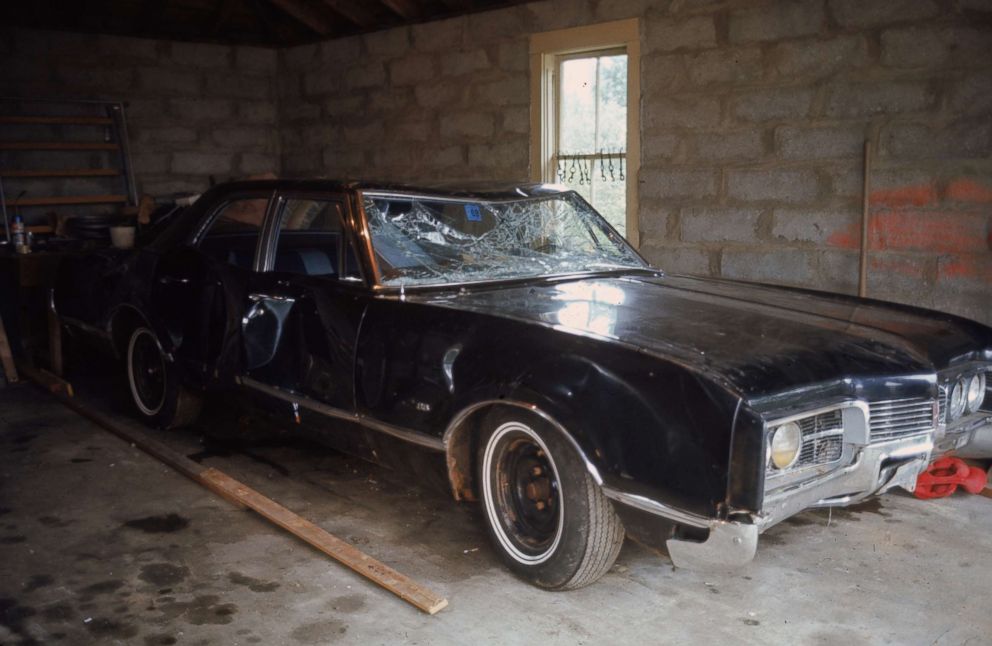
Here's what you need to know before watching the movie:
The people involved
Ted Kennedy was the only one surviving male Kennedy of that generation by the time that he arrived on Martha's Vineyard on the fateful July weekend in 1969. His eldest brother, former President John Kennedy, had been assassinated in 1963 and his other older brother, former Attorney General Robert Kennedy, had been assassinated during his presidential bid in 1968.
The weekend on the Massachusetts island was a reunion of sorts, with the then-Senator Ted hosting a group of young women who had worked on Robert Kennedy's presidential bid the year earlier.
In a televised address days after the crash, Ted Kennedy described the gathering as "a cook-out I had encouraged and helped sponsor for a devoted group of Kennedy campaign secretaries."
The woman who died in the crash, 28-year-old Kopechne, was a member of this crew, who had been dubbed the Boiler Room Girls after the space in Robert Kennedy's office where they had worked.
"She worked for him for four years and was broken up over his death," Ted Kennedy said of Kopechne in his address. "For this reason, and because she was such a gentle, kind, and idealistic person, all of us tried to help her feel that she still had a home with the Kennedy family."
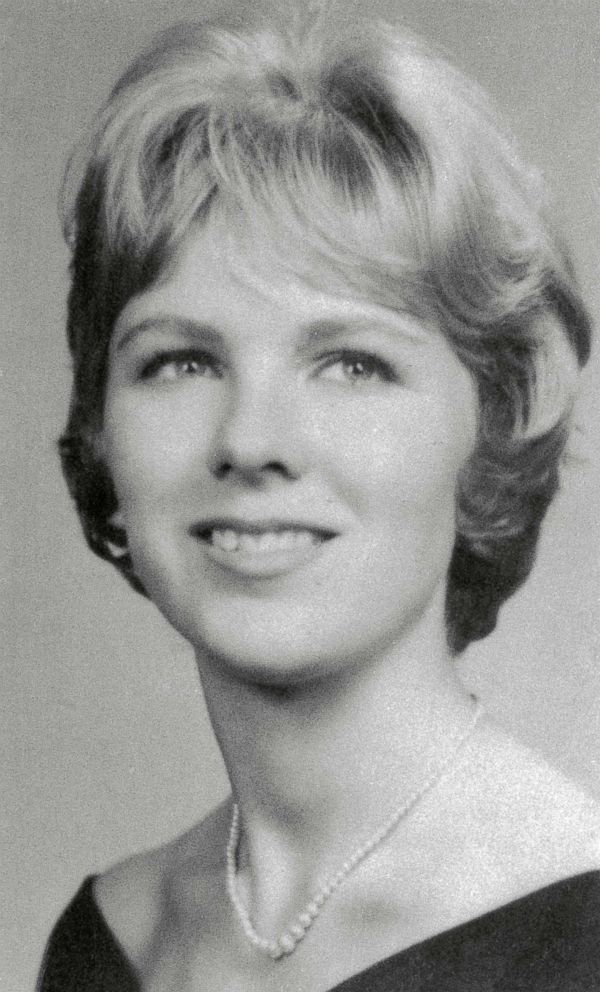
What happened
The cookout was being held at a rented cottage on Chappaquiddick Island, which is a small island off the east coast of Martha's Vineyard near the more populated town of Edgartown.
The party was made up of the six Boiler Room Girls and six men, including Ted Kennedy, his cousin Joseph Gargan and Gargan's friend Phil Markham.
According to Kennedy's account of what happened, he left the party around 11:15 p.m. with Kopechne. Kennedy was driving, and denied being under the influence. Kopechne, who was single, was reportedly returning back to Edgartown with Kennedy, who was married, because Kennedy said that she wasn't feeling well, The Boston Globe reported.
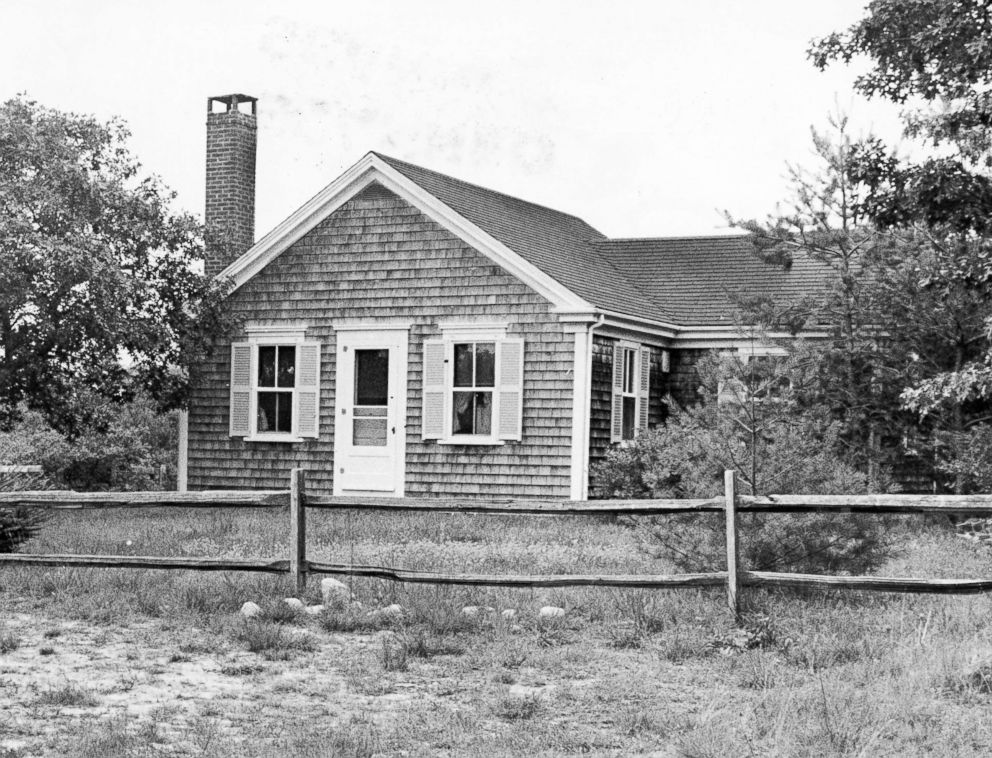
Kopechne had reportedly not told anyone else at the party that she was feeling ill, and left both her purse and the key to her hotel room at the cottage, The Boston Globe reported.
He made a wrong turn in the opposite direction of the ferry, which would take passengers to Edgartown, where his hotel was, and, as he explained, "went off a narrow bridge which had no guard rails and was built on a left angle to the road."
"I remember thinking as the cold water rushed in around my head that I was, for certain, drowning. Then water entered my lungs and I actually felt the sensation of drowning. But somehow I struggled to the surface alive," Ted Kennedy said in the address.
He said that he "made immediate and repeated efforts" to rescue Kopechne from the vehicle, but "succeeded only in increasing my state of utter exhaustion and alarm."
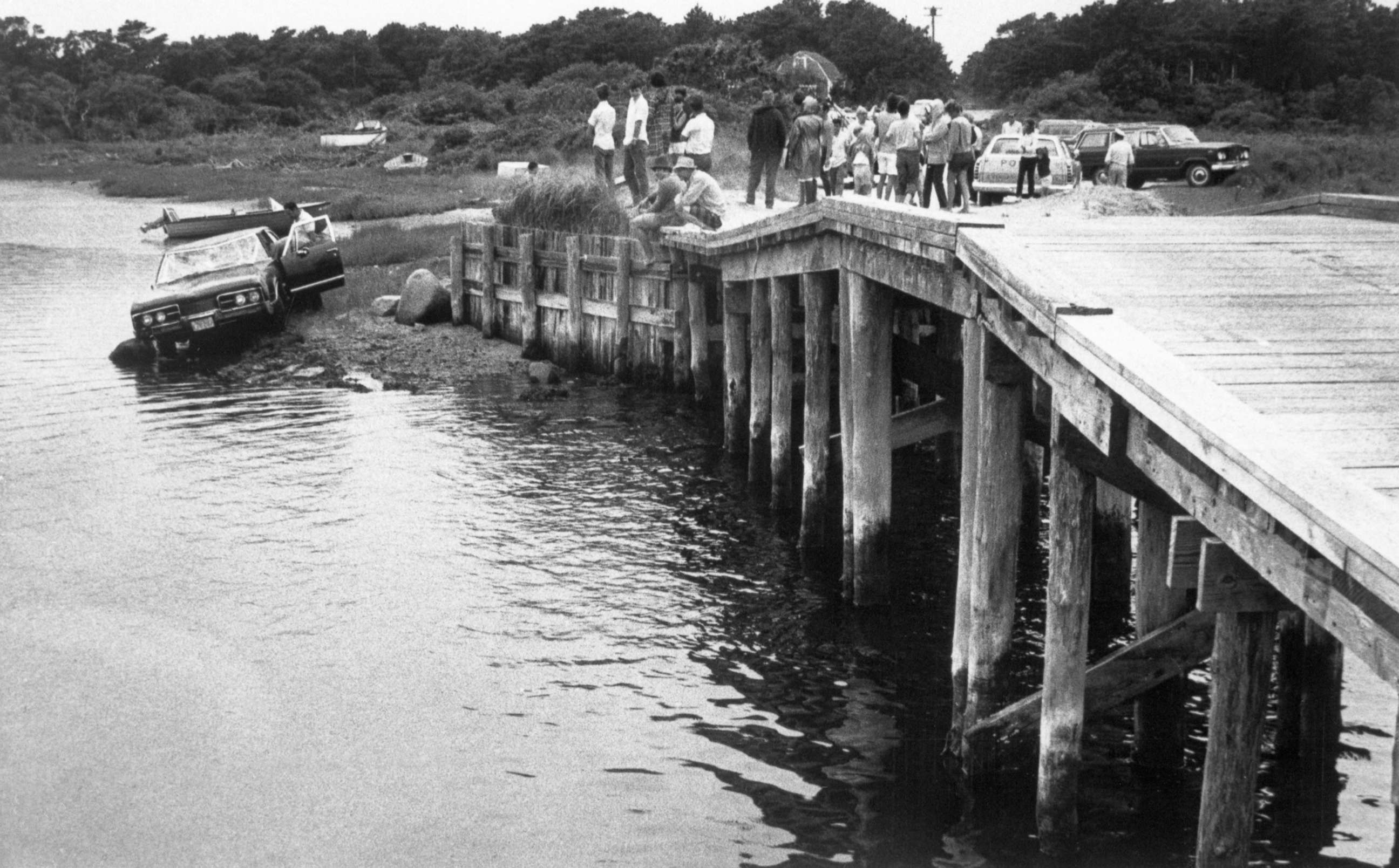
According to the statement Kennedy first gave to police the morning after the accident, he walked back to the cottage where the party was happening and climbed into the backseat of a car parked outside of the cottage. In the statement, he said he asked his friends to take him back to Edgartown, and then said how he walked around for a while, without specifying where that happened, and ending up in his hotel room. He added that he immediately contacted police after he realized fully what happened, according to the statement.
That differed from the account he gave in his televised address. At that point, he said that after walking back to the cottage, he asked Gargan and Markham to go back to the scene of the crash with him and try saving Kopechne.
"Their strenuous efforts, undertaken at some risk to their own lives, also proved futile," he said in the address.
Later in a subsequent court case, Gargan detailed how both he and Markham dove into the pond to try and save Kopechne and when that failed, "I didn't think that there was anything more that could be done," the Globe reported him saying.
The three men then went back to the ferry dock on the other side of Chappaquiddick Island, and since the last ferry had long since left, Kennedy jumped in and swam the roughly 500 feet across to Edgartown. He returned to his hotel room at about 2:00 a.m. and passed out.
The next day
Fishermen spotted the overturned car in the pond the next morning and police were called to the scene. The captain of the Edgartown Fire Rescue team, John Farrar, was called and arrived at roughly 8:45 a.m. He donned scuba diving gear and he was the one to realize that a woman was in the vehicle.
Farrar testified in a subsequent inquiry that if he had been called the night of the accident, "I could have had her out of that car 25 minutes after I got the call."

For his part, Kennedy went back over to Chappaquiddick from Edgartown on the ferry the next morning and made calls from a payphone near the ferry.
During his address, Kennedy detailed how "with my mind somewhat more lucid. I made an effort to call a family legal advisor, Burke Marshall, from a public telephone on the Chappaquiddick side of the ferry and then belatedly reported the accident to the Martha's Vineyard police."
Kennedy walked into the Edgartown police station about 10:00 a.m., after he knew that her body had been found.
In the written statement that Kennedy gave to police at the station, he wrote that "when I fully realized what had happened this morning, I immediately contacted the police," the Globe reported.
Kopechne's body was sent to her native Pennsylvania the day it was found and was buried before an autopsy was performed.
An official investigation, called an inquest, was convened in January 1970 and asked officials in Pennsylvania to exhume Kopechne's body for an autopsy. The medical examiner had initially declared her death an accidental drowning with no need for an autopsy before she was buried, and in spite of the interest in performing one for the inquest, the request for an exhumation was eventually denied.
The alleged curse
A funeral was held for Kopechne on July 22, four days after the crash, and both Kennedy and his wife, Joan, attended.
A week after the incident, on July 25, Kennedy pleaded guilty to leaving the scene of an accident causing bodily injury. He was sentenced to two months in jail, which was the minimum for the charge and had his sentence suspended.
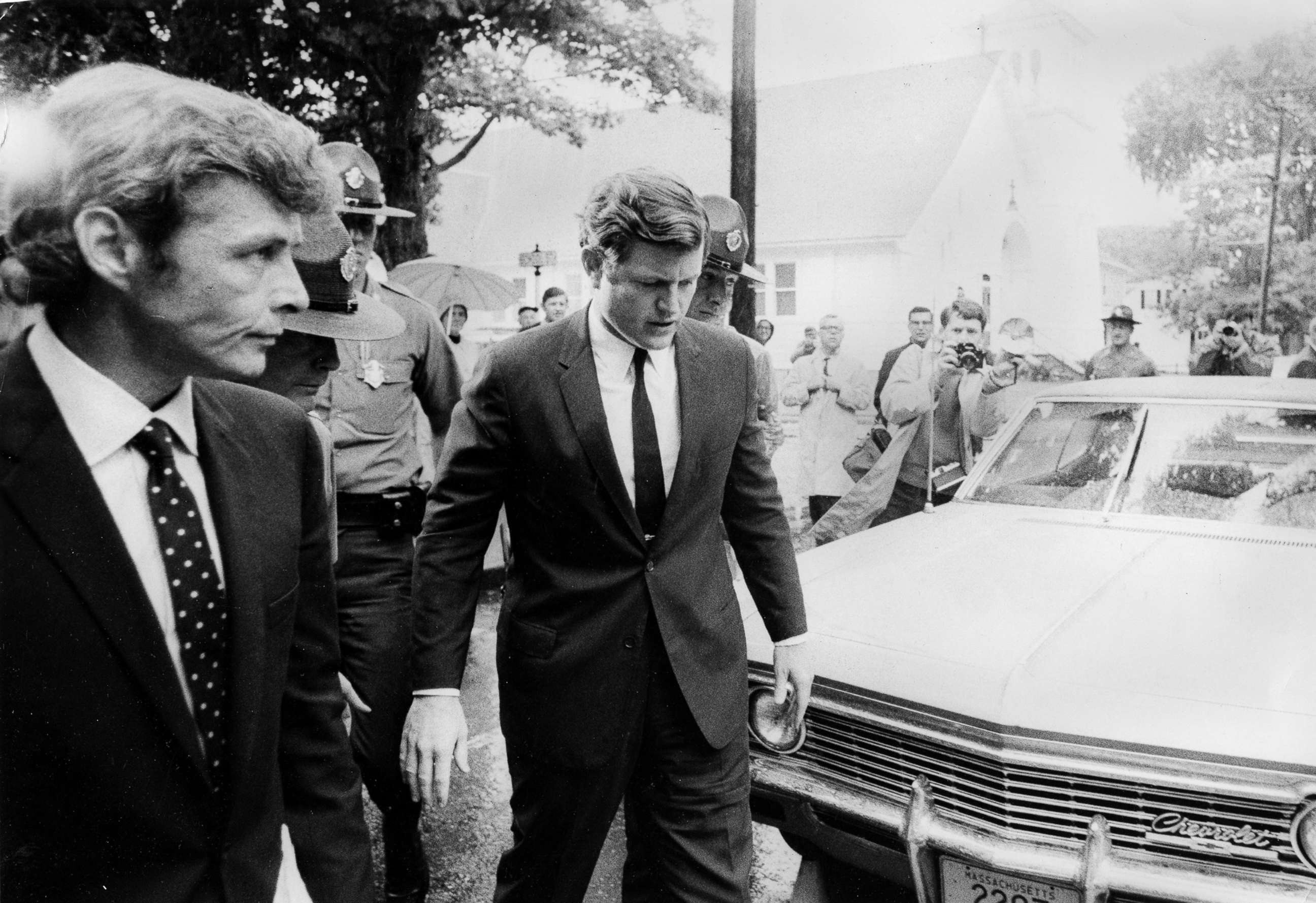
"It is my understanding that he has already been, and will continue to be, punished far beyond anything this court can impose," Judge James Boyle said, according to the Globe.
The findings of the inquest, which included testimony from Kennedy and other people connected to the case, were initially kept private, but the 763-page report on the inquest was released that April 1970. The New York Times reported at the time that Judge Boyle found Kennedy had lied in his initial statement, and he concluded that Kennedy had not really been headed towards the ferry dock with Kopechne and, therefore, had not inadvertently made a wrong turn onto the road that led the pair towards the bridge.
Boyle also said the speed, 20 miles per hour, that Kennedy had been driving at that time of night on a rickety bridge “would at least be negligent and, possibly, reckless,” according to the Globe. No new charges were filed as a result of the inquest.
It was later on the day of Kennedy's sentencing on the initial leaving the scene charge, he gave his televised statement, talking about the so-called curse that many speculated haunted the Kennedy family.
During his address, Kennedy talked about the "scrambled thoughts" that he had on the night of the incident, "all of them confused, some of them irrational, many of them which I cannot recall, and some of which I would not have seriously entertained under normal circumstances."
One of those thoughts, he said, was "whether some awful curse did actually hang over all the Kennedys."
The address concluded with an ask of his constituents: that they help him decide whether he should resign from his Senate seat.
"Whatever is decided, whatever the future holds for me, I hope that I shall have -- be able to put this most recent tragedy behind me and make some further contribution to our state and mankind -- whether it be in public or private life," he said.
According to the Globe, more than 10,000 telegrams were sent to the Kennedy compound with an aide saying that they supported Kennedy 100-to-1.
Four days after the address, the Globe reports that his staff confirmed that he would be staying in office. And stay he did, remaining in the Senate until August 2009, leaving just two weeks before he died at the age of 77.




